- Replies 39
- Views 4.9k
- Created
- Last Reply
Top Posters In This Topic
-
leathermaneod 13 posts
-
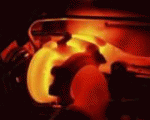 KATOOM 8 posts
KATOOM 8 posts -
 Mopar1973Man 7 posts
Mopar1973Man 7 posts -
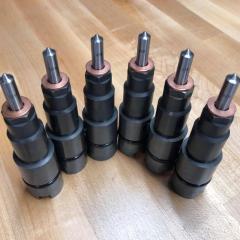 notlimah 4 posts
notlimah 4 posts
Most Popular Posts
-
Nothing wrong with having a professional drive-line shop look over the drive-line and verify its straight and balanced.
-
Be careful, we are starting to mix some of theories of operation and terms. A single cardan joint that has an exit angle different than the input angle (the front half of a normal drive s
-
Sad to say I lost all my stock u-joints way back at about 60-80k miles. Mine were all dried out and ground up. Been running grease-able u-joints and just grease them up every oil change. I contribute


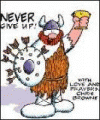
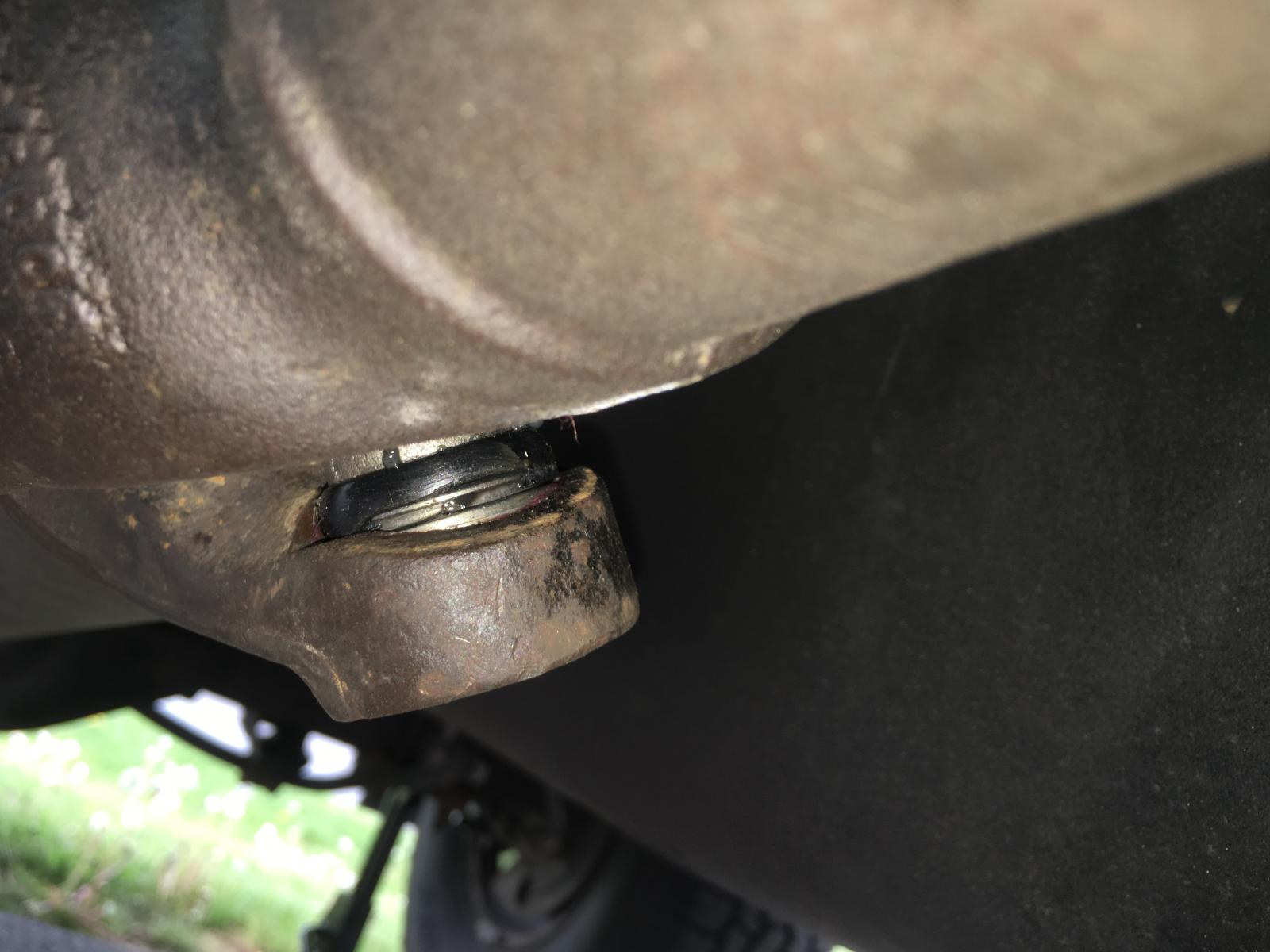

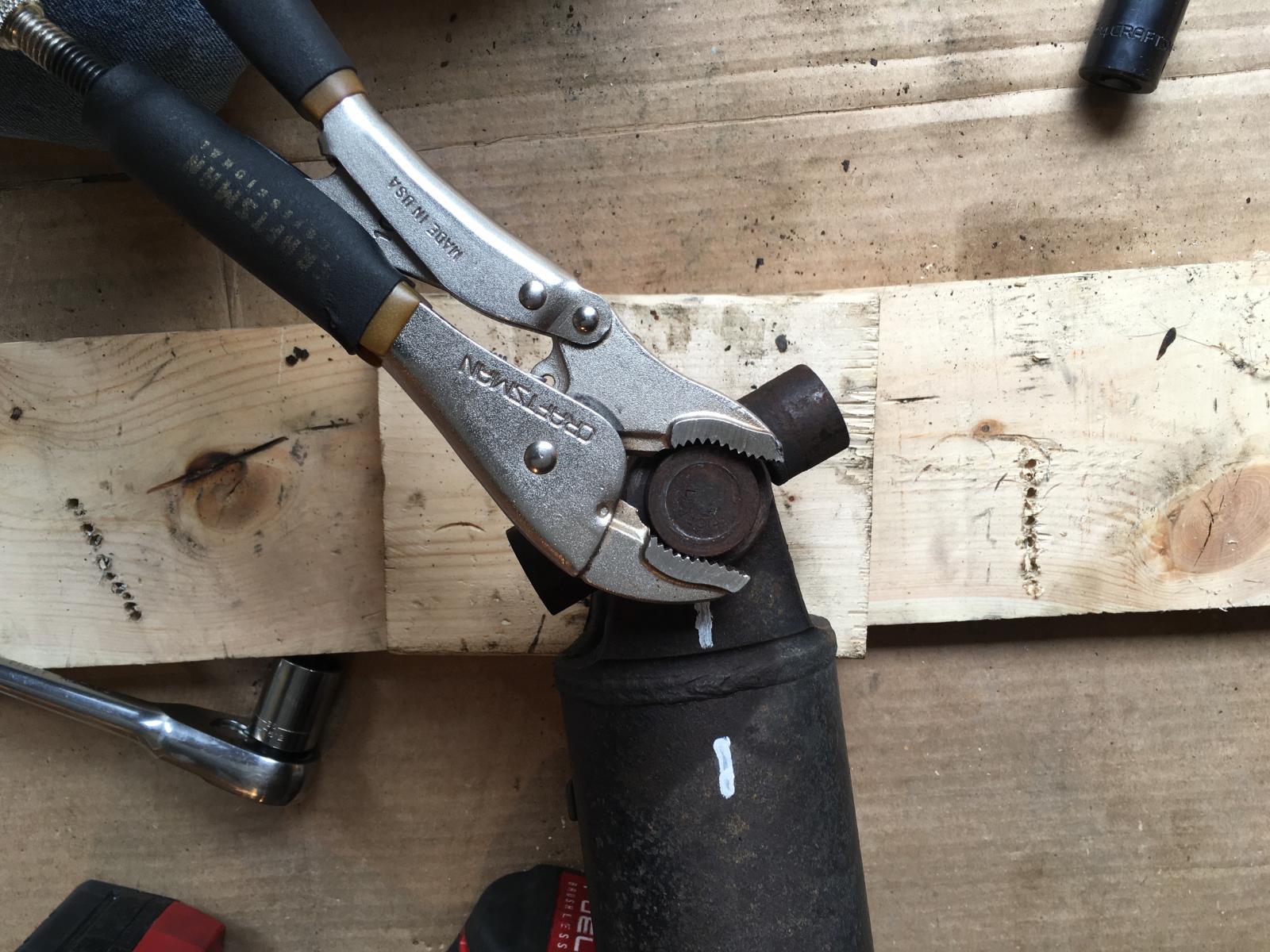
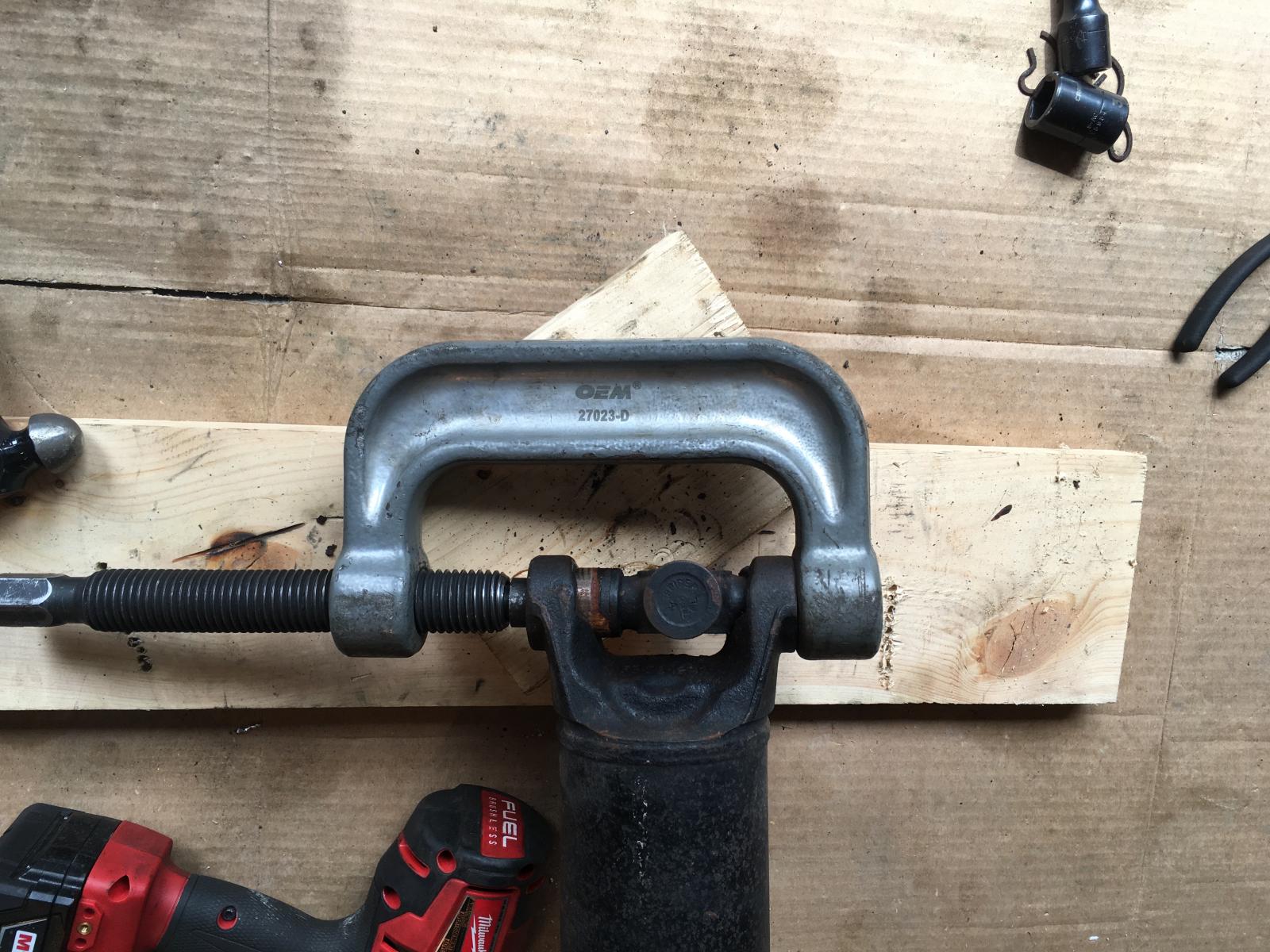
Hey all,
Getting ready to replace my rear driveshaft U joints. I know the rearmost one is going bad because the caps were a little hard to spin when we had it out to do my clutch. I figured if Im doing one, I might as well do all three. I also have a slight shaking that happens right around 40 mph, and I'm hoping replacing the U joints will take care of it. I helped my dad with U joints before, but it was a while ago, so I just wanted to see if anyone has any tips/tricks to share. I know to mark the driveshaft and keep it in the same orientation. I'm also planning to rent a press from autozone. I know some will say to just use a hammer, but I'm a little worried about bending things. As far as new U joints go, I'm looking at SKF's from NAPA. They are greasable, which is what I want. Anything else I should know? Or recommendations for better U joints?
Thanks!